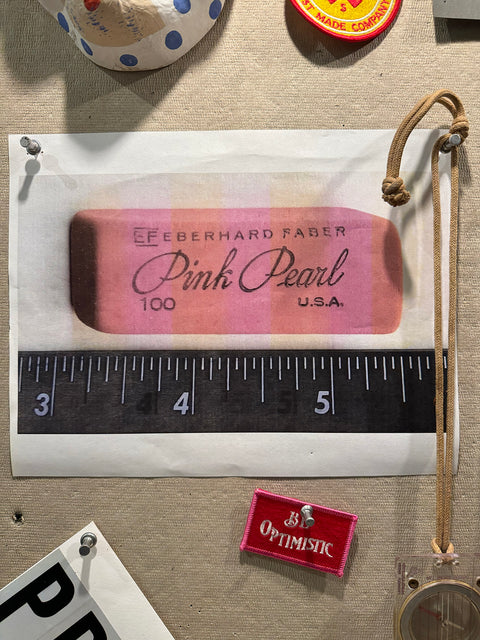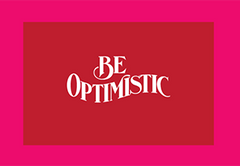
Emotional Durability
We can make things that are physically durable, that will last. But if they aren't emotionally durable — if we don't connect with them on some deeper level, if we don't find them say desirable or evocative — then what good are they?
I can think of products — mainly clothes — that are well made, probably with great intention, but ultimately go unused, that languish. I have a fly fishing shirt that I never wear because, as it turns out, I never liked the color. Color is emotional. I regret buying it. I wish the manufacturer had put more thought into their colors.
It is impossible to make something that fires on every cylinder, for everyone. And just when you think you've got it right, it goes out into the world, and is subject to forces beyond anyone's control.
"Emotional Durability" was coined in 2005 by a professor of furniture design at Carnegie Mellon, and is now used in the context of circular design. People who make products, and people who buy them, need to consider more than just the physical properties of a product. Japanese swordsmiths talk about "the soul" of a blade. Tsukumogami is an ancient term derived from Japanese folklore to describe tools that have acquired a spirit. In that sense, this is not a new concept.
We used to have conversations in the old Best Made about the emotional properties of our products. An axe had more emotion than, say, a five pocket pant. But these conversations were behind the curtain, in R&D or product merchandising meetings. And we didn't have a term or a label for it. Now we do. And now I can't afford to not have this conversation without you.
Best,
Peter

